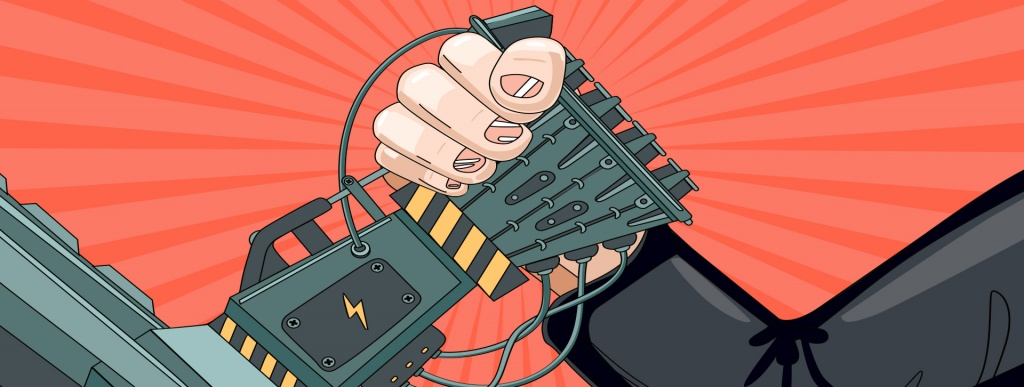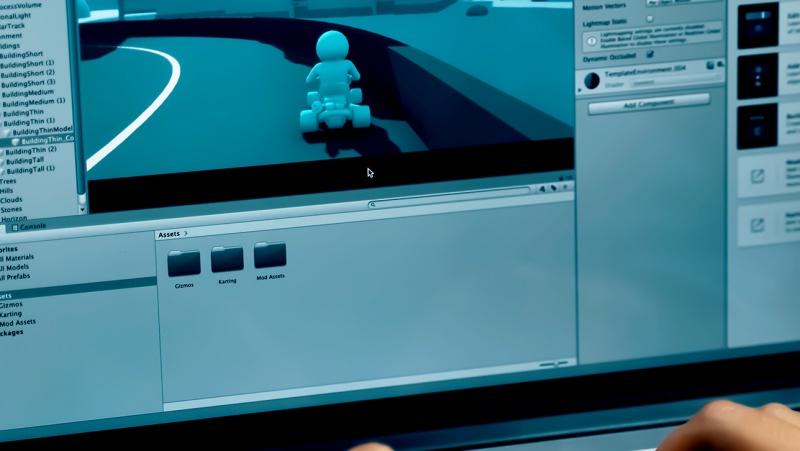
Ori Ripp
Product Lead
Share This Post
Share on facebook
Share on twitter
Share on linkedin
Share on whatsapp
Share on telegram

Bring your characters to life with AI animation tools. AI animations are the next big thing in game animation, harnessing the machine learning techniques of artificial intelligence to majorly improve the quality of movements.
AI animations technology is still in its infancy, but when it is truly up and running (pun intended), AI animation tools will have the ability to create flexible natural movements. But where AI animation tools will really revolutionize animations, is that it will be accessible to every game designer, no matter the size of their budget.
Check out these three AI animations tools to be at the forefront of game development.


